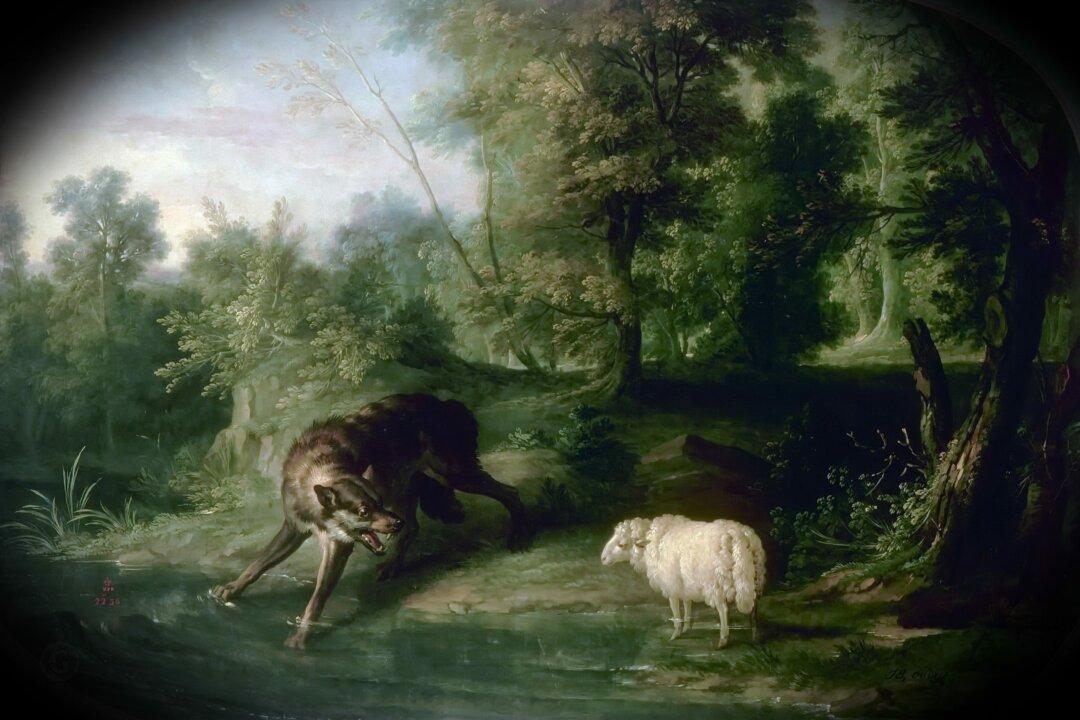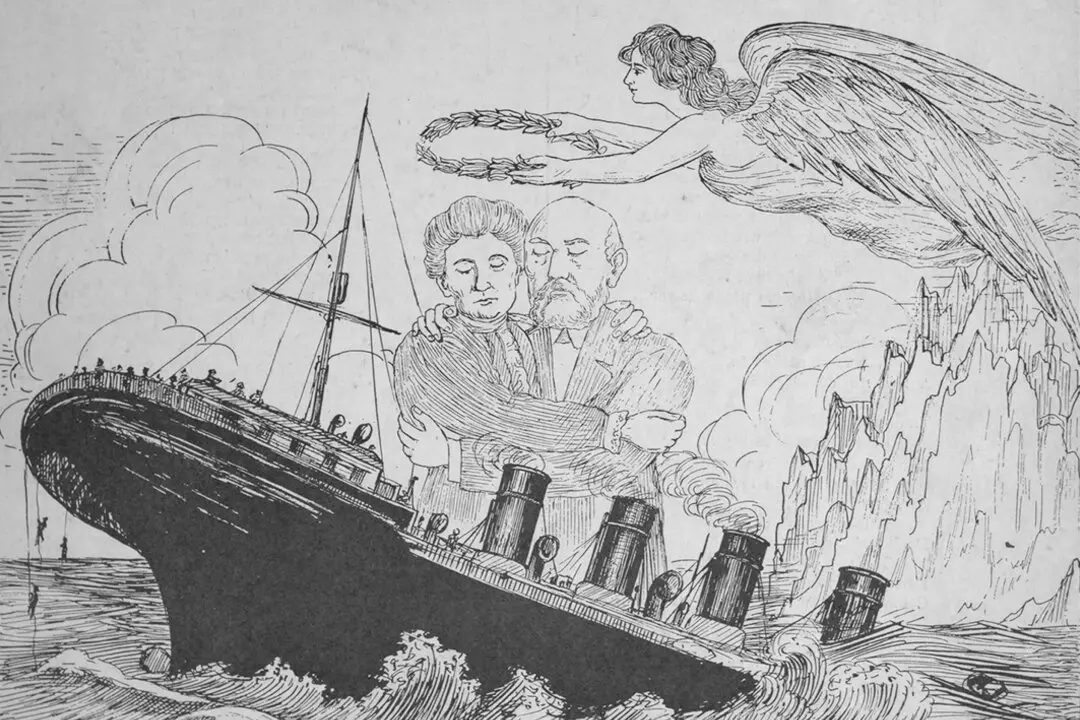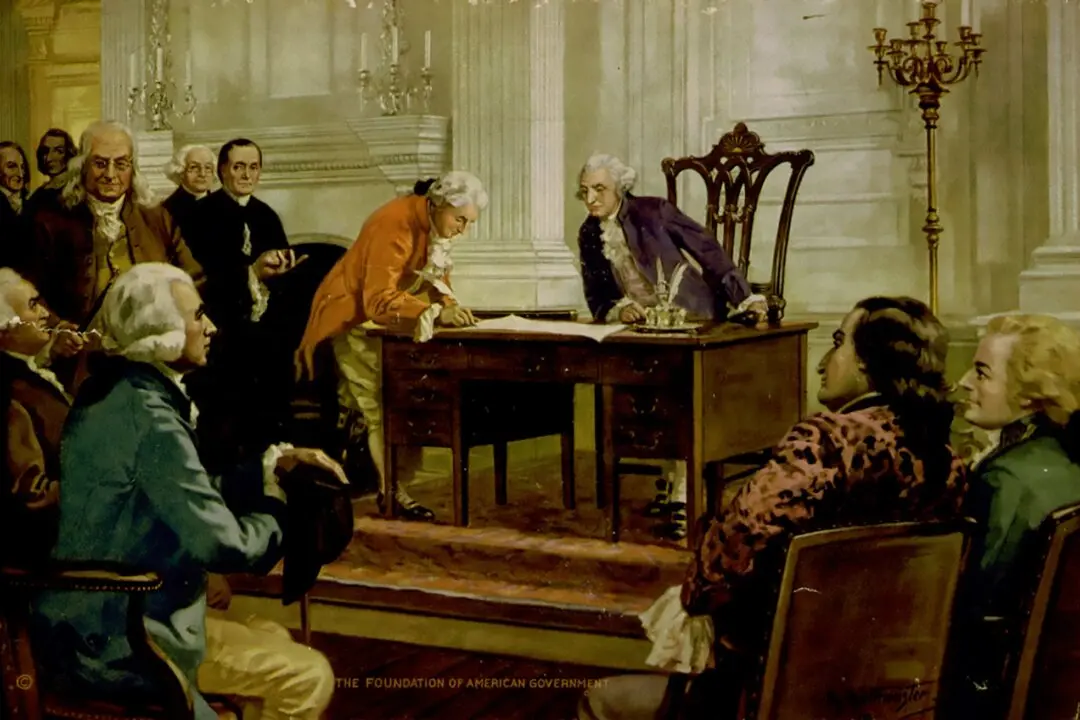The canon of Western literature is like some storied gold mine, deep and old, and filled with riches.
The Bible. The “Iliad” and the “Odyssey.” The “Aeneid.” “The Meditations of Marcus Aurelius.” “The Canterbury Tales.” Dante’s “Divine Comedy.” The plays of Molière and William Shakespeare. Jane Austen’s “Pride and Prejudice.” Tolstoy’s “War and Peace” and “Anna Karenina.”






